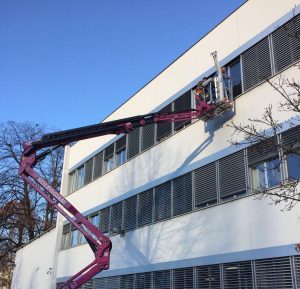A key component of smart technology – equipment devices like sensors, cams, GPS trackers and other IoT-enabled gadgets obtain data out of a city’s roadways, automobiles and the people who use them. This kind of ‘Big Data’ is then refined, structured and stored for additional analysis. This is how targeted traffic and ability to move management systems are getting smarter plus more efficient, dealing with problems just like congestion, air pollution and accidents.
Intelligent visitors control systems that respond to the load and timing of targeted traffic signals can easily significantly reduce urban over-crowding, conserving motorists some cutting down harmful emissions. An example is a patent developed by Sara F Hart Jr which allows traffic impulses to ‘see’ approaching vehicles and trams and change their settings accordingly.
In the same vein, smart’mobility-on-demand’ systems allow people to lease bicycles, scooters or driverless cars and pods to get a set service charge, eliminating the trouble of buying or working such vehicles themselves. This kind of smart systems also make resource that easy for drivers to find the best car parking spot to match their car within a busy city area.
With so many benefits to provide, smart visitors technologies are getting to be ever more prominent in towns. However , it is crucial to keep in mind these devices can expose the location to the liability if they fail to function as expected and result in home or actual injury. Gain insights in to the ways that cities will be managing these types of risks and learn about methods that may be taken to prevent such debts.


